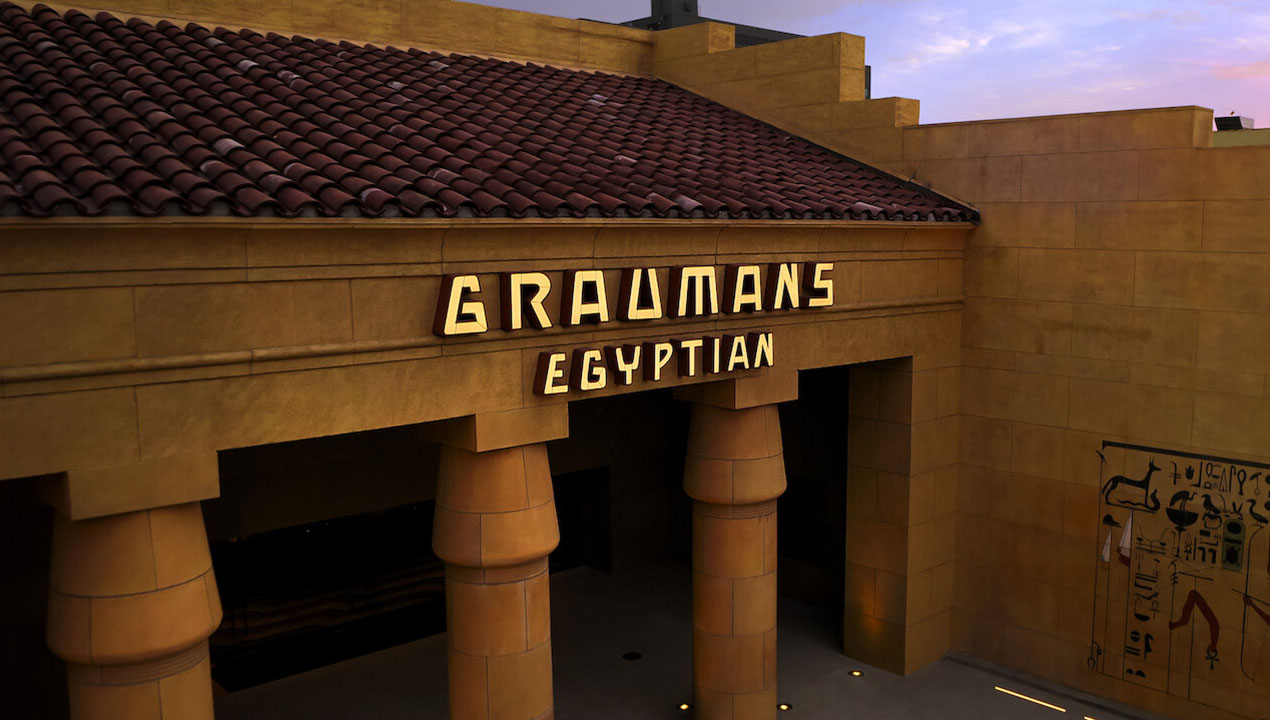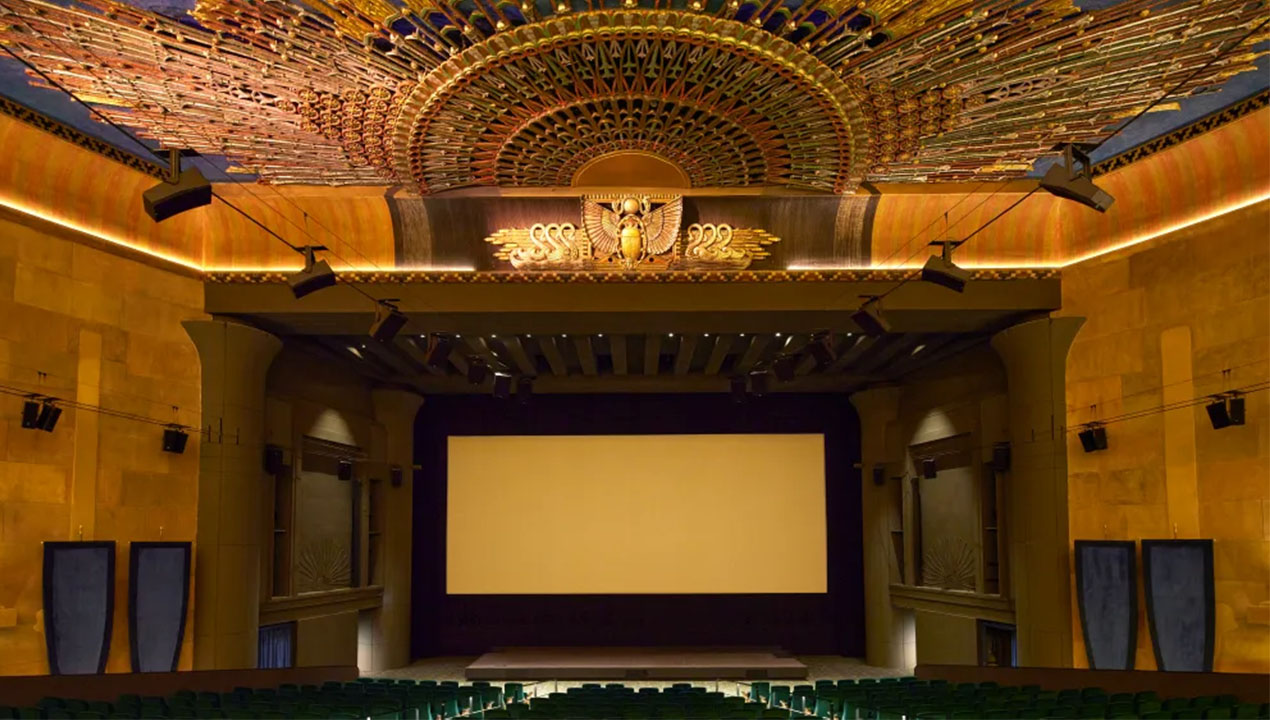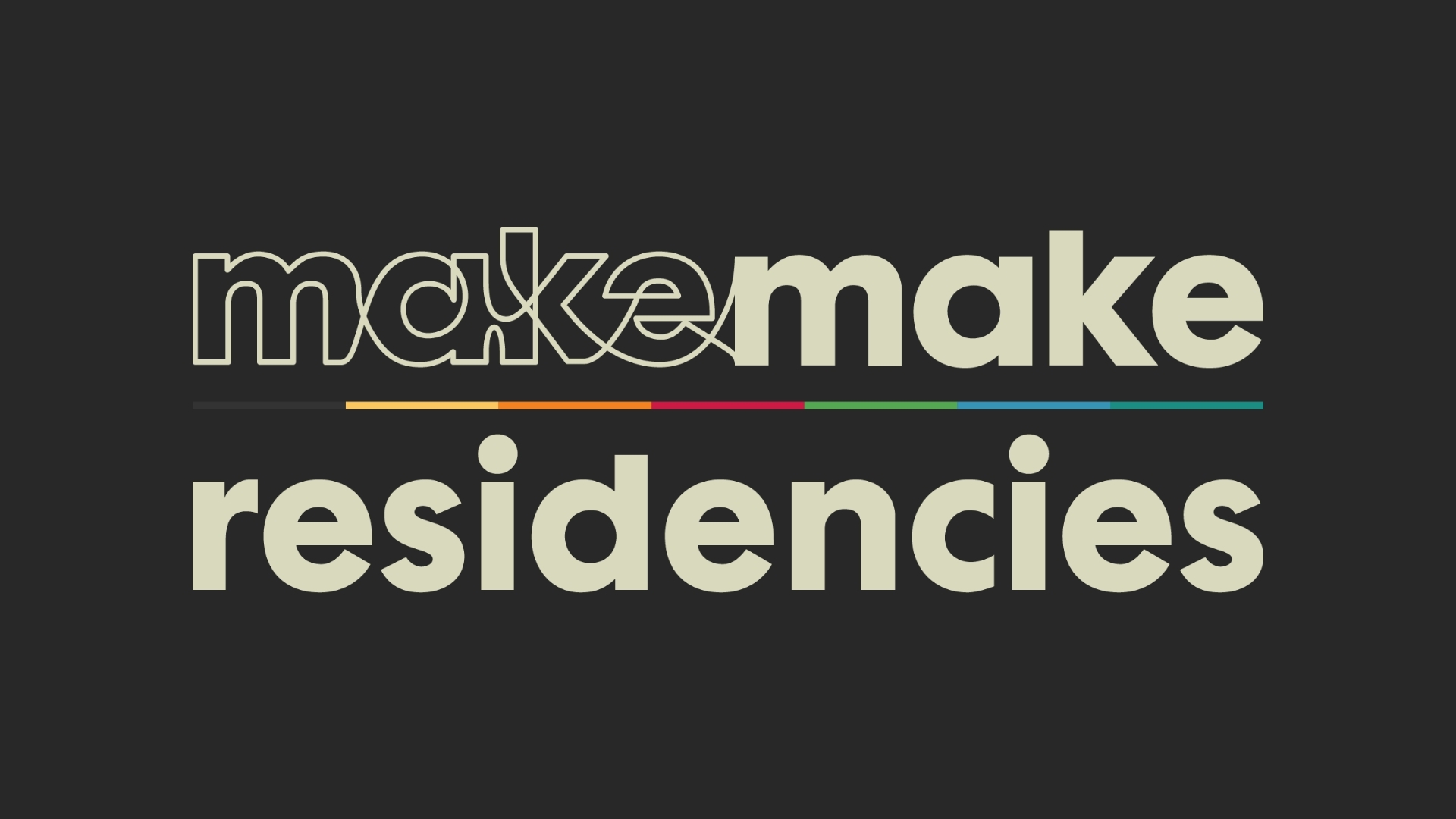Inside the Making of Temple of Film: 100 Years of The Egyptian Theatre for Netflix

After a landmark renovation, Hollywood’s iconic Egyptian Theatre has once again opened its doors to the public, cementing its status as a landmark for cinema. MakeMake teamed up with Netflix to tell the moving story of a beloved theater being restored to its former glory in the short film Temple of Film: 100 Years of The Egyptian Theatre. The film was a true MakeMake project from start to finish, and the teams across RPS, a52, Elastic, and Primary worked together with MakeMake Founder Angus Wall to bring the story of this iconic theater to life. We spoke with Producers Kent Kubena and Terry Leonard, Creative Director Benjamin Woodlock, Editor Michael Engelken, Colorist Ale Amato, and VFX Supervisor Andre Arevalo about what it was like to be part of the making of this film.
Tell us about the genesis of the project. How did you approach telling the story of the Egyptian Theatre's restoration?
Kent Kubena, Producer: Netflix and American Cinematheque banded together to revive and rebirth this iconic theater, which has gone through a couple iterations over the past century. What's special about this version is it's been rebuilt to be as close as possible to what it looked like when it was originally built in 1922. Netflix approached us about doing a film that was both a documentary about the history of the theater, but also a love letter to going to the movies, especially in an iconic theater like the Egyptian.
Terry Leonard, Producer: Angus had a clear vision for the film. A lot of our job as producers was to follow that vision. We brought in all the archival to make that available to him in the edit, and set up all the interviews with great people in the industry who all have a love for the Egyptian. We visited the theater many times during the construction, and filmed with drones once the work was done.
Kent: The theater’s renovation was going on as we were shooting the film itself, so we waited until the very last minute of production to shoot footage of the theater so that we could include the finished product in the film. I’m very glad we did, because you get to see the before, middle, and after of the theater.
Michael Engelken, Editor: I’ve always thought of documentaries as collage art. A lot of times it's about trying to find the most unexpected combinations of things that spark people's interests. Documentaries are really an editing art form — they’re made in the edit. It's a lot of just trying things out and seeing what sticks. Patience and being open to any and all ideas are both important to my process. We worked with a lot of sampled footage for this in the form of clips from other movies, to create an intro montage that is meant to capture iconic moments in film. On my end, it was all about thinking of the ways in which these can fit together in a cohesive way.

How were the film’s unique title cards and bespoke font created?
Benjamin Woodlock, Creative Director: I love the iconic backlit Grauman’s Egyptian sign inside the courtyard — its lettering is meant to look like it's made of bricks, but the effect is very refined and not kitschy. It's one of the iconic signs from old Hollywood that has survived and is instantly recognizable. The forms have odd angles and proportions that are really beautiful. It was perfect for adapting to a silvery title card and typography for the film; it’s a throwback to early title cards but with a depth and detail to the light that would look great with their current projectors. The lettering on the sign is almost modular – it’s cut up into these brick shapes – so it was fun to expand on the alphabet using similar forms. We ended up making a font to use for all of the typography in the film as well.
What was the interview process like?
Kent: We reached out to a number of filmmakers, film critics, film historians, and people that have worked with the theater over the years. We wanted to populate it with a variety of people who have really been part of the theater’s legacy, as well as filmmakers that could speak to the tone of the film, which is a love letter to the establishment. Guillermo Del Toro is a significant voice in the film — he's become a spokesperson for appreciating the history of cinema, and when you hear him speak, you're just drawn in. When we shot his interview, he was set to speak with us for about a half hour, but the interview ended up lasting about an hour and a half. He was just so passionate, and our entire crew was enraptured by the way he speaks about cinema and the Egyptian itself. Rian Johnson was fantastic to interview as well — another true film lover who loves that theater.

What was the most challenging part of production?
Ale Amato, Colorist: Working with a combination of interview footage and archival movie clips was challenging. Of course the interviews are going to be more recent and shot specifically for the project, whereas movie clips have a lot more variables to consider. I set looks with Angus and the rest of the team, so we were all on the same page about exactly how we wanted everything to look, and from there it was all about balancing and making sure the footage looks cohesive. We had to make sure the movie footage that technically is already colored found a new home in our project. In instances like this, you don’t want to drastically change how a movie looks. For instance, it would be jarring for the audience to see an image from Mad Max that’s not saturated and warm but cool and muted instead. We had to figure out how to subtly change the look of certain movie clips so that it fit in with the film, without making any changes that would be surprising to the audience. Ultimately, I think we achieved that, and I’m proud of how cohesive Temple of Film feels.
Andre Arevalo, VFX Supervisor: On the VFX side, myself and Stefan Gaillot were responsible for cleaning up unwanted items and reflections. We dealt mainly with the exterior of the theater, which was iconic. Lucky for us, the project went really smoothly, without too many complex tasks on our end.
Benjamin: As far as pulling inspiration from the sign for the font, it's a quirky one, so the lettering had to be recognizable without getting so crazy that you can't read people's names. It was all about finding just the right balance between weird angles and more conventional shapes when we were designing new letterforms.
Michael: What’s unique with documentaries in general is there is no script and you can kind of guess where the project is going to go. However, if you wind up making exactly what you thought you were going to make when you started, then you missed out on the exploration process. That exploration is critical to the form, but it’s definitely also a challenge.
What about the film are you exceptionally proud of?
Michael: I'm proud of the whole thing. The Egyptian is arguably the most historic movie theater, not just in Hollywood, but the world. We aimed to honor the theater and encapsulate the magic of film in a 10 minute piece, which was not easy, but I hope we did it justice.
Andre: It's always great to take part on projects that celebrate historic landmarks and have a cultural significance behind them — I’m proud to be a part of the process.
Terry: Overall, I’m proud of the work the editors did to find all the great film clips that tell the story of the history of all these great films that have had an impact on us as a collective audience.
Benjamin: I used to live close to the Egyptian and I loved seeing films there, so it's really exciting to help celebrate the renewal of such a special place.

Tell us about an unforgettable moment in film that made an impact on you.
Kent: The one that has and will always get me every time is when Lawrence blows out the match in Lawrence of Arabia. That was the first film I ever saw in true 70mm, and moving from that shot to the epic desert landscape was just the best cinematic gut punch I can recall ever feeling in the theater.
Michael: The shot from Willy Wonka & The Chocolate Factory that’s in the montage is one of my favorites. I'm really happy that The Muppet Movie made it in the final cut too, and Donnie Darko as well.
Ale: La La Land is it for me. When it came out I was about to graduate college, and I was undecided if I wanted to go into cinematography or color. The way that that film marries cinematography and color was just really impactful to me. I just remember watching that movie and thinking that this was going to be my future, regardless of which specialty I chose.
Andre: It's hard to nail down just one but one unforgettable movie scene that has always stuck in my mind is the Train Robbery Scene in The Assassination of Jesse James. The way Roger Deakin uses light and shadows to set the tone of a dramatic and tense scene is a masterclass in using light to reveal story to the viewers.
Benjamin: The end of E.T. – from the bike chase to the rainbow, all driven by John Williams's score. "I'll be right here." Gets me every time!
Watch Temple of Film: 100 Years of The Egyptian Theatre on Netflix.
